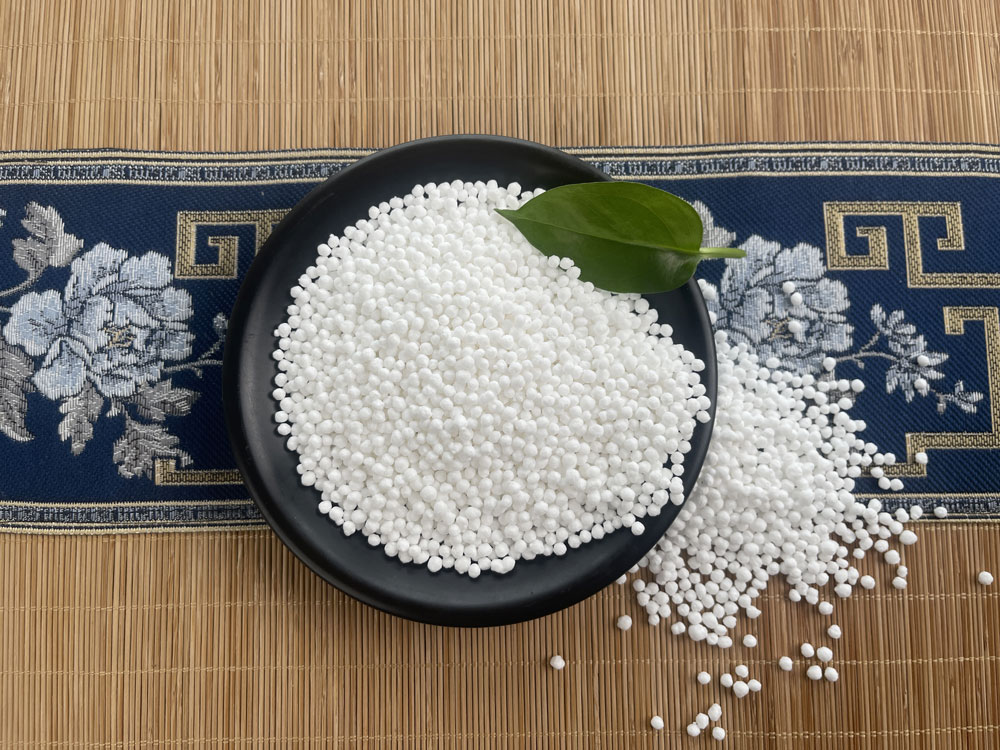HI, welcome to Shandong Guangcheng Salt Industry Co., Ltd !
News
Large Collection of Uses of Calcium Chloride
- Author:Guangcheng
- Time:2023-06-01
Application of calcium chloride desiccant
Granular anhydrous calcium chloride is usually used as a desiccant to fill Drying tube, and kelp (or seaweed ash) dried with calcium chloride can be used in the production of soda ash.
Some household dehumidifiers use calcium chloride to absorb moisture from the air.
Calcium chloride can also be used as a desiccant or dehydrating agent for gases and organic liquids.
Due to the neutrality of calcium chloride, it can dry acids, alkalis, organic liquids, and can also produce small amounts of gases in the laboratory, such as nitrogen, oxygen, hydrogen, hydrogen chloride, sulfur dioxide, carbon dioxide, and nitrogen dioxide.
However, it cannot be used to dry ethanol and ammonia, because ethanol and ammonia will react with calcium chloride to produce Alcoholate compound CaCl2.4C2H5OH and ammonia compound CaCl2.8NH3.
Anhydrous calcium chloride can also be used as an air absorbent for writers' products. Anhydrous calcium chloride is approved by the FDA for first aid bandages, and its function is to ensure the dryness of the wound.
Lay anhydrous calcium chloride on the gravel road surface and use the humidity control of anhydrous calcium chloride on the road surface.
Calcium chloride can be used as deicer and Cooling bath
Laying calcium chloride hydrates on calcium chloride can prevent freezing, deicing, and snow melting, but the melted salt water can damage the soil and vegetation along the way, causing deterioration of the pavement concrete.
Calcium chloride solution can also be mixed with dry ice to prepare low-temperature Cooling bath.
Add rod-shaped dry ice to the saline solution in batches until ice cubes appear in the system.
The stable temperature of the Cooling bath can be maintained by different kinds and concentrations of salt solutions.
Generally speaking, calcium chloride is commonly used as a salt raw material to obtain the required stable temperature by adjusting its concentration. This is not only because calcium chloride is cheap and easy to obtain, but also because the eutectic temperature of calcium chloride solution (i.e. the temperature at which all solutions condense to form granular ice salt particles) is relatively low, up to -51.0 ℃. This adjustable temperature range is from 0 ℃ to -51 ℃.
The function can be realized in the Cryogenic storage dewar bottle, which can also be cooled with ordinary plastic containers while the volume of the dewar bottle is limited.
Calcium chloride can serve as a source of calcium ions
Adding calcium chloride to swimming pool water can make it an acid-base buffer, improve the hardness of the water, and thus reduce the erosion of the concrete on the swimming pool walls.
According to Le Chatelier's principle and Common-ion effect, increasing the concentration of calcium ions in the swimming pool water can slow down the dissolution of calcium compounds that are essential in concrete structures.
Adding calcium chloride to the water of marine aquariums can increase the calcium content that can be utilized by aquatic organisms. Soft animals and coelenterates raised in aquariums can use it to form calcium carbonate shells.
Although Calcium hydroxide or calcium reactor can achieve the same goal, by contrast, adding calcium chloride has the smallest impact on the pH of water.
Other aspects
Hydrated calcium chloride solid can be used as a phase change energy storage material.
For example, calcium chloride hexahydrate can be used for industrial waste heat recovery and solar radiation heat absorption and utilization, as it can be used for medium to low temperature (i.e. the heat absorbed by the substance from the solid phase to the liquid phase at the same temperature) up to 190KJ/mol. Therefore, it can be used for industrial waste heat recovery and solar radiation heat absorption and utilization at medium to low temperature. However, it is similar to all inorganic hydrated salt phase change materials and has serious undercooling problems (undercooling up to 20 ° C), Nuclear agents need to be added to overcome this.
Calcium chloride in concrete helps to accelerate initial setting, but chloride ions can cause corrosion of steel bars, so calcium chloride cannot be used in reinforced concrete.
Due to its hygroscopicity, anhydrous calcium chloride can provide a certain degree of moisture for concrete.
Calcium chloride is also an additive in plastics and fire extinguishers, used as a filter aid in wastewater treatment and as an additive in blast furnaces to control the aggregation and bonding of raw materials, thereby avoiding the settling of furnace materials. It is used as a binder in fabrics.
 CN
CN


 Scan WeChat
Scan WeChat 